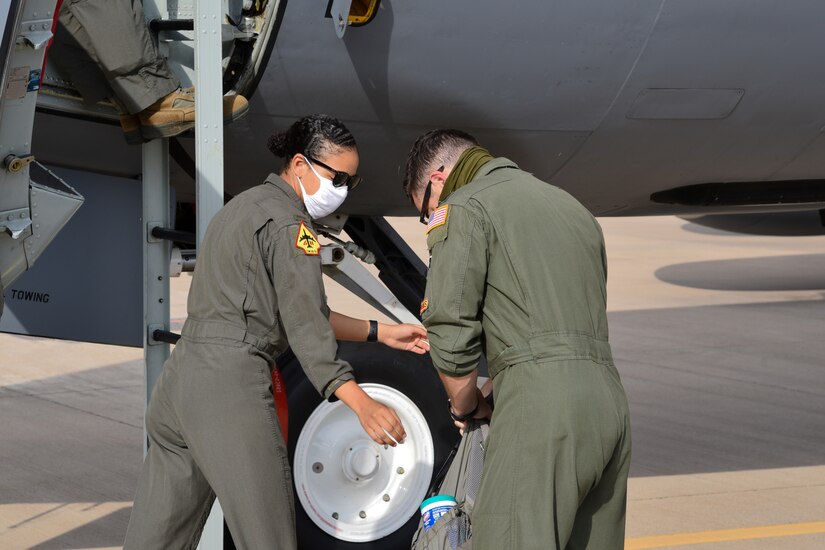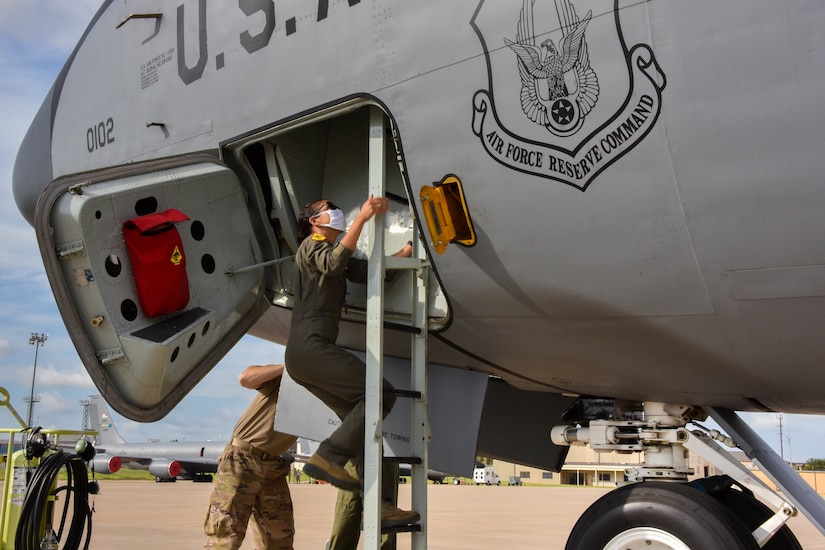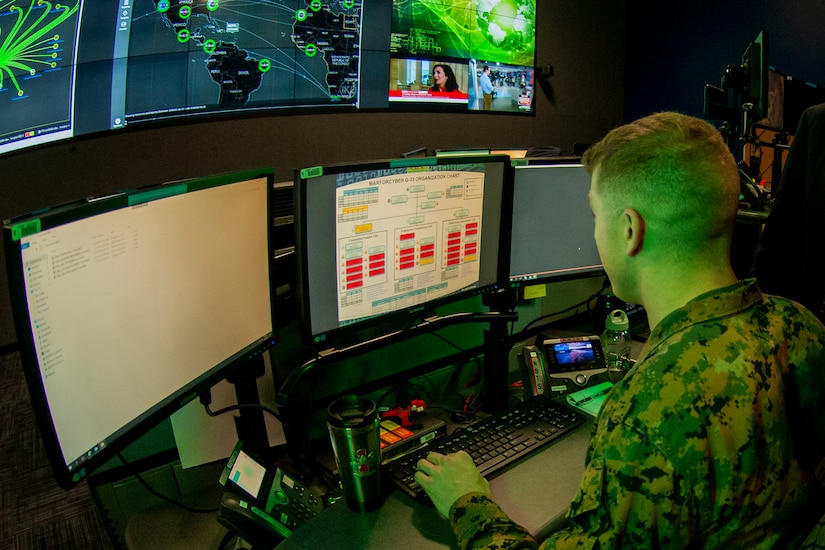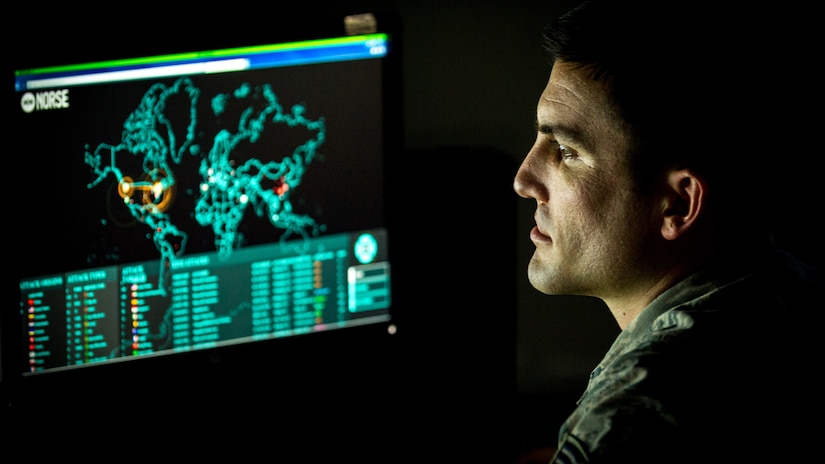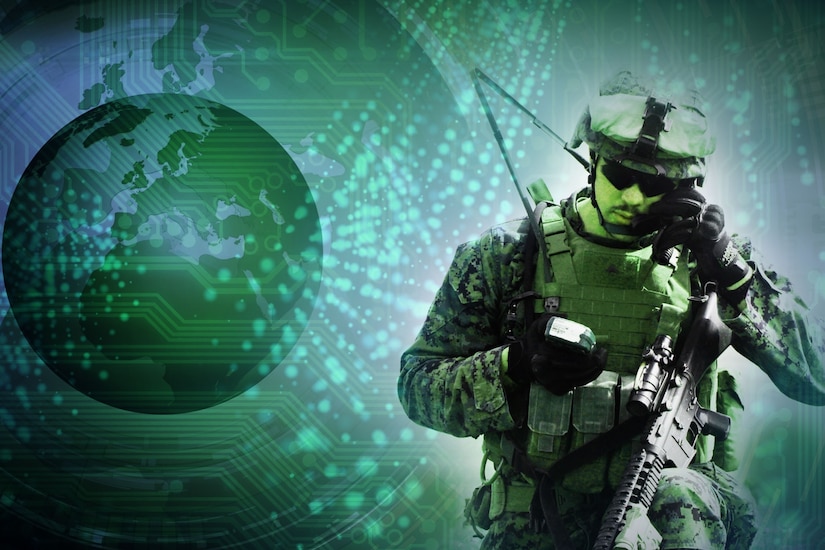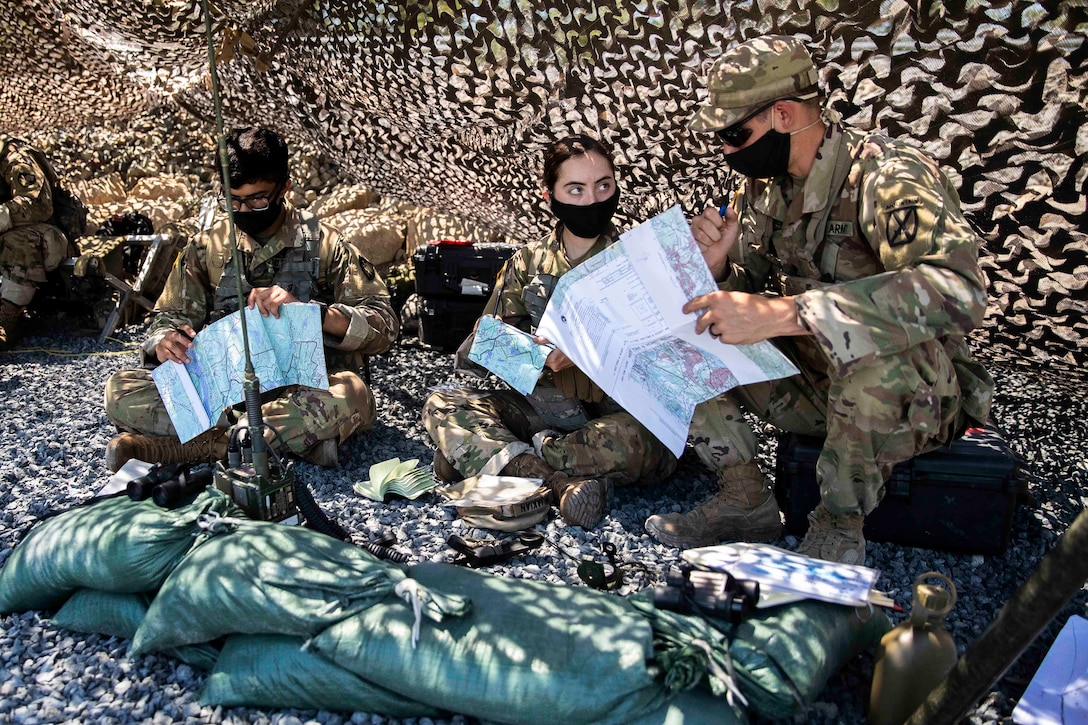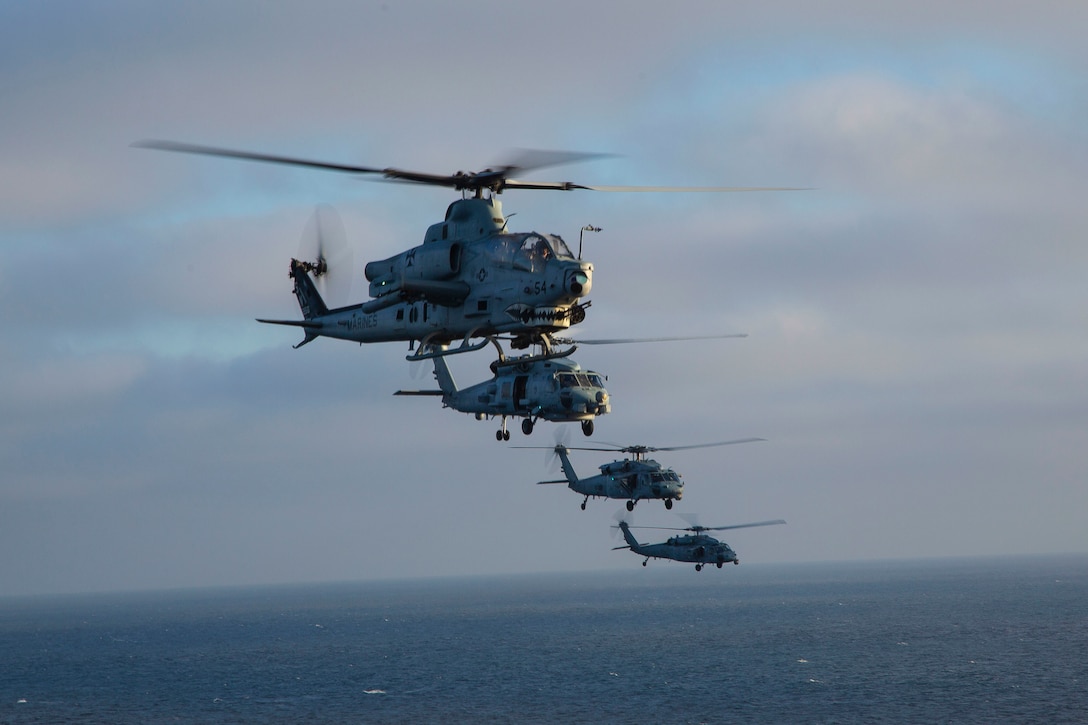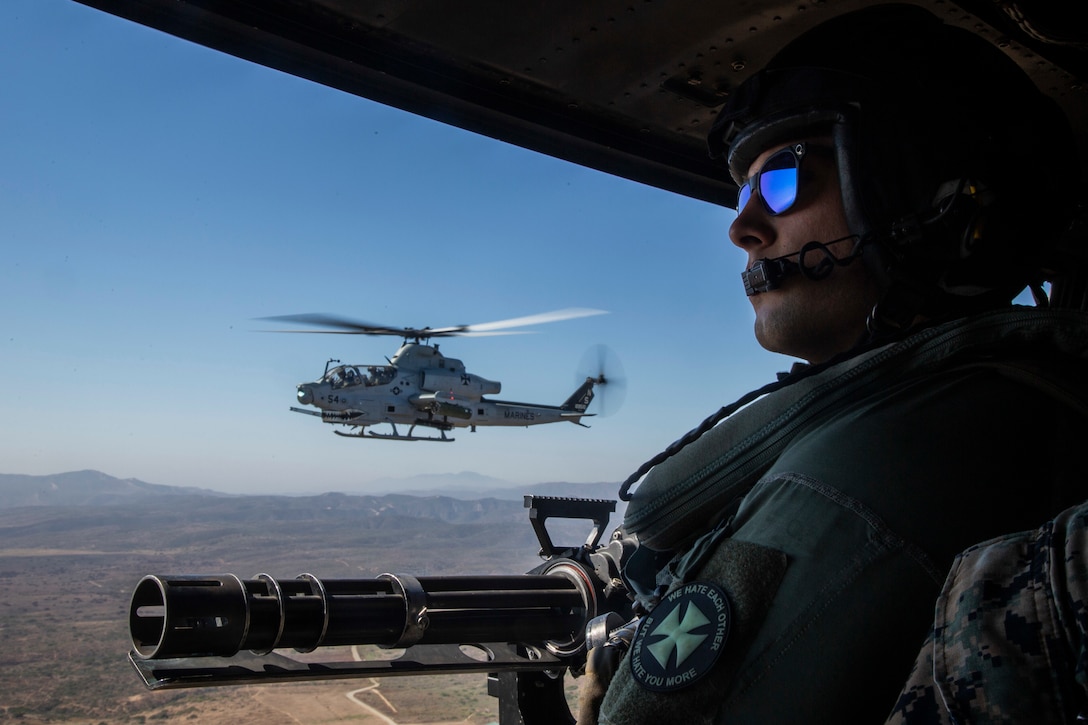Fort Jackson, South Carolina, supported the Midlands' pandemic efforts by hosting drive-thru COVID-19 testing just outside of the post's Palmetto Falls Water Park.
Historically, the installation provides millions of dollars to the local economy when thousands of family members flock to the post each week to witness Basic Combat Training graduations. Fort Jackson trains roughly 50% of all soldiers and more than 60% of all women entering the Army each year.
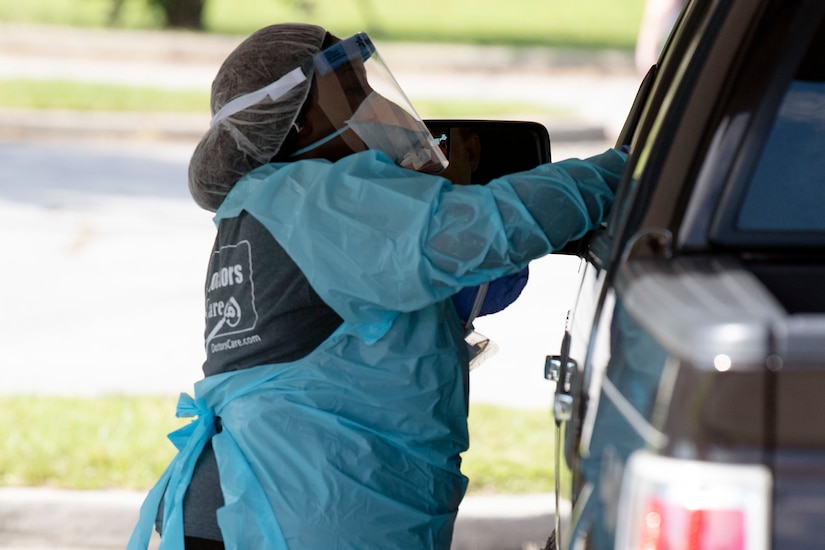
Army Training Center and Fort Jackson Commander Brig. Gen. Milford H. "Beags" Beagle Jr. recently spoke with Columbia Mayor Stephen K. Benjamin regarding COVID-19 mobile testing opportunities on Fort Jackson. They agreed that hosting a mobile testing site would help reduce stress for off-post testing sites and ensure accurate testing results to help battle and contain the spread of the virus.
"We are all-in to be good community partners," Beagle said.
The post coordinated with the Medical University of South Carolina, to offer those with access to the installation two days of testing free of charge. Roughly 800 total tests were administered at the event. MUSC supplied the medical providers and resources for its mobile testing site.
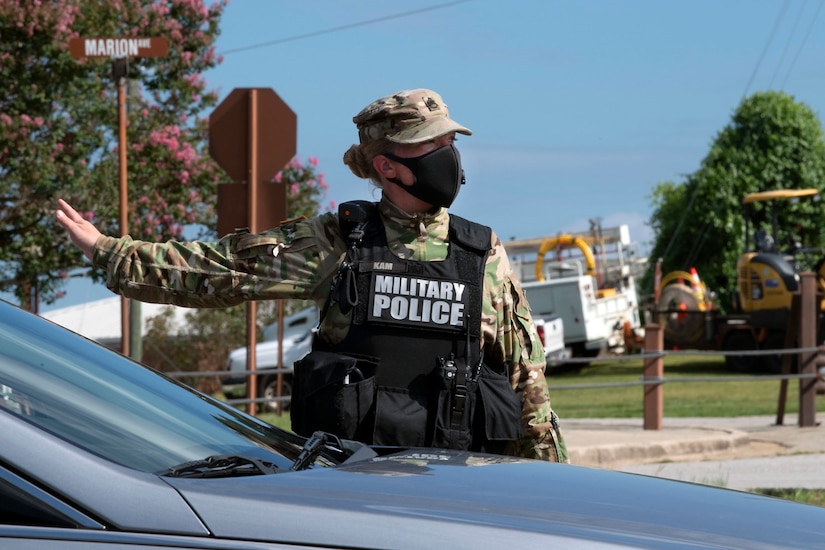
Fort Jackson currently allows retirees, veterans with Veteran Health identification cards and their beneficiaries to access installation only on Sunday, Monday, Tuesday, Friday and Saturday to help protect soldiers from virus exposure, as part of a "protective bubble," officials said.
Each day of testing was geared for specific groups. Testing was held for soldiers, their family members and the civilian workforce July 8, and testing was available for others with installation access July 10.
"It's extremely important for [retirees and beneficiaries] to come on and get tested," Beagle said. "It's not a 'me' thing, it's a 'we' thing. We need to do the right thing so that we can help protect others."
Trainees were not tested at the mobile sites. Each trainee is tested and quarantined for 14 days upon their arrival to Fort Jackson as they in-process at the installation.
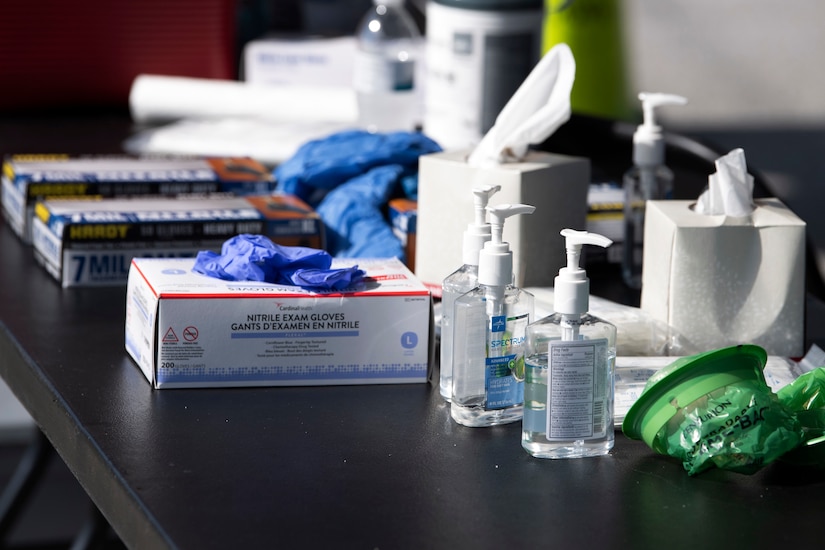
The South Carolina Department of Health and Environmental Control has reported a surge in positive test results in the state the past month. DHEC also recently stated that asymptomatic patients, or those who have the virus but show no or minimal virus signs and symptoms, are also on the rise.
"About 20% testing positive for coronavirus are symptomatic," said Dr. Curtis Franke, president of Doctors Care, the firm that performed the testing for MUSC. He added that about 7-10% of positive tests at similar events across the state are asymptomatic.
People tested at the mobile testing site were able to access their test results online in five to seven days through a link provided by email during the application process. All participants who tested positive were contacted directly by MUSC staff.
